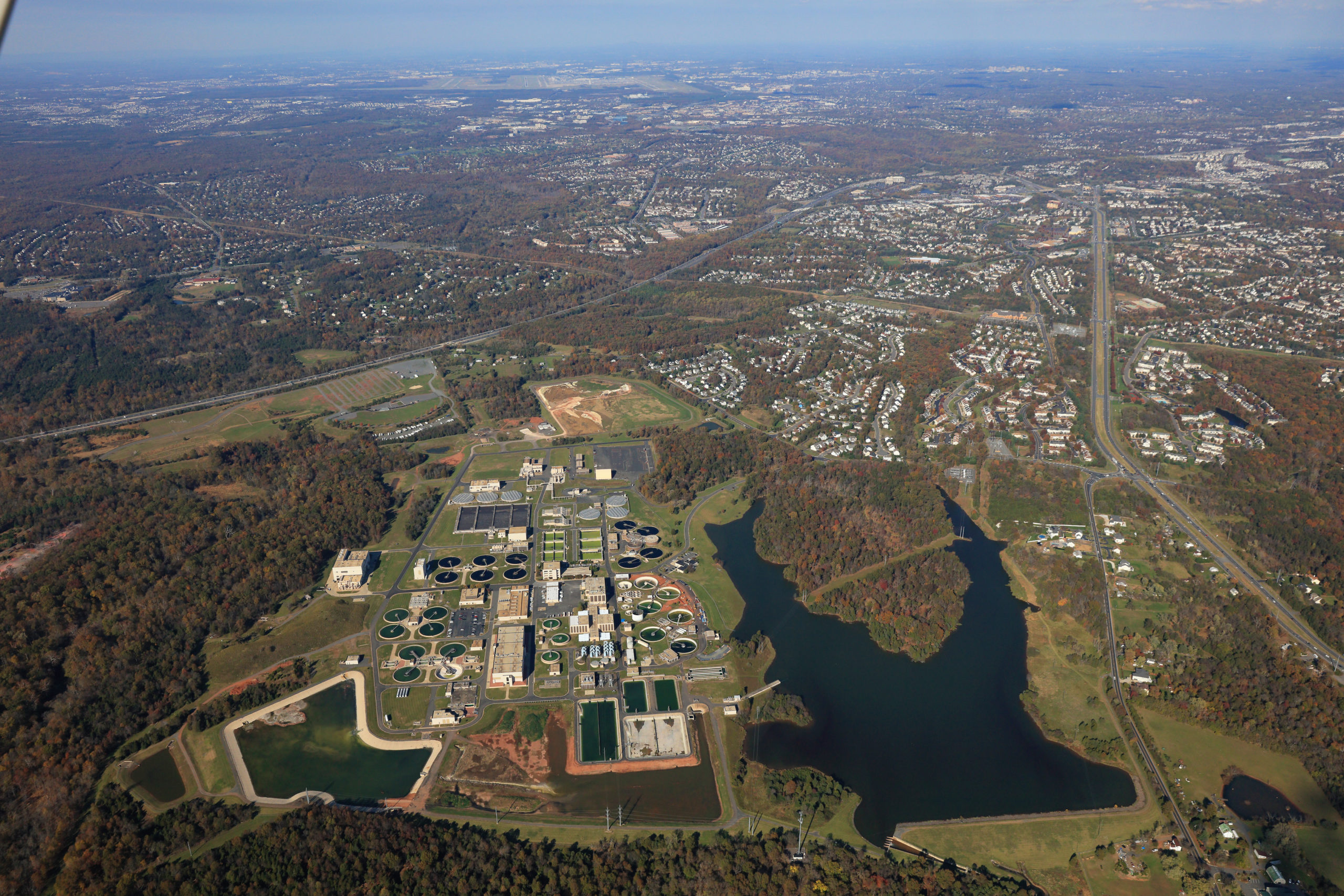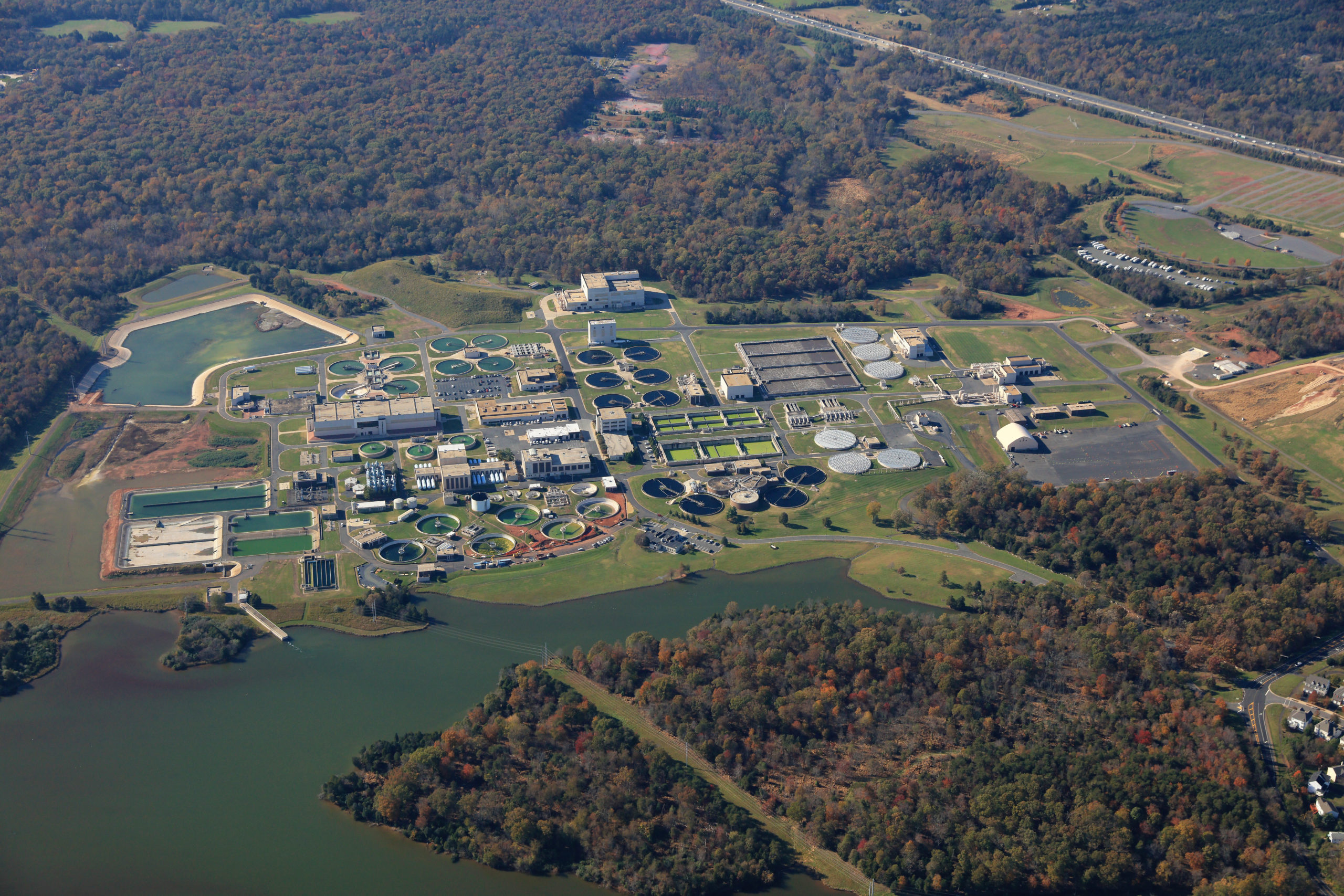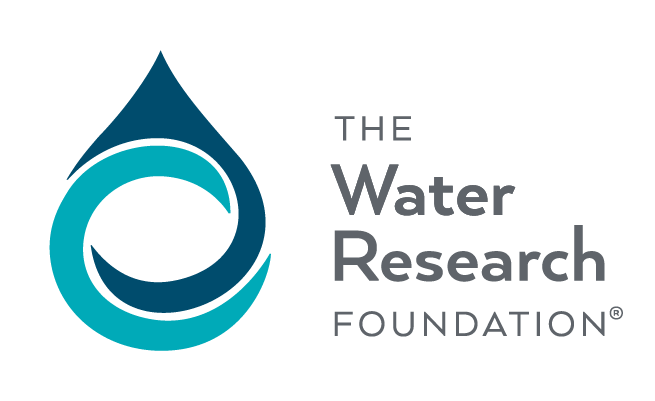 In the 1960s, the Occoquan Watershed began its transformation from a largely rural area to a predominately urban/suburban region. This rapid growth resulted in deterioration of water quality in the eleven-billion-gallon Occoquan Reservoir, a principal drinking water supply for Northern Virginia. In 1971, the Virginia Water Control Board, in agreement with the Virginia Department of Health, adopted a bold and innovative policy. The Occoquan Policy mandated the creation of a regional agency, the Upper Occoquan Service Authority (UOSA), to provide state-of-the-art treatment for all wastewater generated in the Occoquan Watershed and an independent organization, the Occoquan Watershed Monitoring Laboratory (OWML), to continuously monitor the Watershed and provide advice on protective measures for the Reservoir.
In the 1960s, the Occoquan Watershed began its transformation from a largely rural area to a predominately urban/suburban region. This rapid growth resulted in deterioration of water quality in the eleven-billion-gallon Occoquan Reservoir, a principal drinking water supply for Northern Virginia. In 1971, the Virginia Water Control Board, in agreement with the Virginia Department of Health, adopted a bold and innovative policy. The Occoquan Policy mandated the creation of a regional agency, the Upper Occoquan Service Authority (UOSA), to provide state-of-the-art treatment for all wastewater generated in the Occoquan Watershed and an independent organization, the Occoquan Watershed Monitoring Laboratory (OWML), to continuously monitor the Watershed and provide advice on protective measures for the Reservoir.
 In 1978, the UOSA Regional Water Reclamation Plant, located on 470 acres in western Fairfax County and serving four jurisdictions (Fairfax County, Prince William County, City of Manassas, and City of Manassas Park), commenced operations and replaced eleven small secondary treatment plants in the region. Since that time, water quality in the Occoquan Reservoir has steadily improved and the reliable, high-quality product water reclaimed by UOSA has increased the safe yield of the Reservoir.
In 1978, the UOSA Regional Water Reclamation Plant, located on 470 acres in western Fairfax County and serving four jurisdictions (Fairfax County, Prince William County, City of Manassas, and City of Manassas Park), commenced operations and replaced eleven small secondary treatment plants in the region. Since that time, water quality in the Occoquan Reservoir has steadily improved and the reliable, high-quality product water reclaimed by UOSA has increased the safe yield of the Reservoir.
Through several expansions, the initial ten million gallons per day (mgd) capacity of UOSA was increased to 32 mgd, and a major expansion to 54 mgd was completed in 2005. After 40 years of highly successful operations, UOSA reclaimed water is an increasingly important component of the drinking water supply strategy for the Washington metropolitan area.
UOSA is a member of the following professional organizations:



